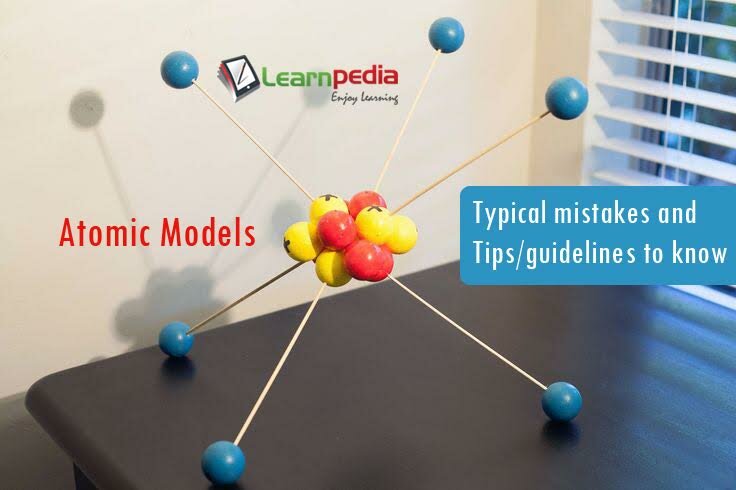As we know, matter is made of atoms. Here, we are going to know further more things on atoms. Atoms are made of further small constituent particles like electrons etc. The first atomic model is proposed by J. J. Thomson in 1897.
Then comes Rutherford’s atomic model, which is based on alpha-particle scattering experiment by gold foil. This is one of the important experiment and famous model. You should know about the set-up of experiments and elements they used in it like gold foil, alpha particles etc. Also observations and conclusion of experiment are important. From this, Rutherford derived equations of radius and energy in given orbit and velocity of electron in it.
Then we learn about atomic spectra which can be observed when electron makes transition from one orbit to another. It’s basically energy conservation based phenomenon. There are various series depending on orbits and one empirical formula to find wavelength absorbed/emitted.
Afterwards Bohr showed that Rutherford’s model explains only classical idea of atom. Bohr gave his three postulates by combining classical and quantum physics. From this postulates, he told about energy and angular momentum of electrons. He derived equations for this. He made some assumptions for this like energy at outermost orbit will be zero etc. Frank-Hertz experiment also observes similar type of results. Bohr has explained his atomic model for hydrogen atom but it can be applied to any atom which contains only one electron.
Also De-Broglie’s wavelength equation explains about quantization postulate of Bohr’s model. In short it says that we can’t predict electron’s position and velocity at same time. Bohr’s model also fail to explain some things like atomics spectra for multi-electrons atoms and also relative frequencies of radiation. Phenomenon of LASER light is based on excitation of electrons.
Typical mistakes:
- Many confuse in small things like particles used in Rutherford’s experiment.
- Don’t confuse in assumptions and conclusions of various experiments.
- Try to understand failures of various atomic models.
- Don’t make mistakes in formulas.
Tips/guidelines:
- Know in detail structure model provided by various scientists.
- Try to remember some important data in Rutherford’s gold foil experiment.
- Know about series of atomic spectra.
- It’s important to know about dependence of energy, velocity on various parameters.
- Be clear in concepts like angular momentum, energy levels explained by De-Broglie.
- Practice numerical problems on Bohr’s energy, momentum and atomic spectra.
Summary:
This is one of the scoring chapter in physics though it has less weightage. Once understand concepts clearly. Focus mainly on Rutherford’s and Bohr’s model, know important facts about their models. Also practice types of problems on energy phenomenon and atomic spectra.
Learnpedia offers comprehensive test-prep programs for JEE and PMT. Click here to see the various options you can choose from











